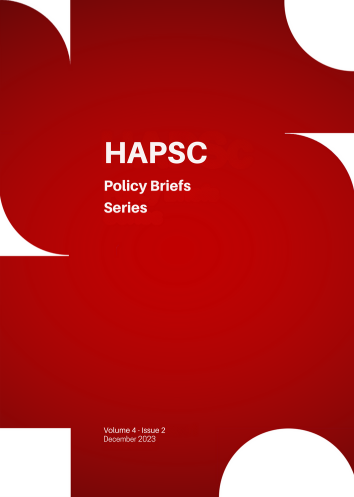Sex Work, Sex Workers and Forms of Inequality: A Policy Brief

Abstract
Sex work has always been here. It has many types and expressions. According to existing scholarship, sex work is associated with a variety of inequalities. Evidence from academic literature shows that, worldwide, sex workers face serious inequalities with severe effects on their lives. Through this policy brief, inequalities are classified by context in some main categories. Social, economic, racial/ethnic, gender, age and “beauty” as well as health inequalities, as demonstrated by international literature, plague sex workers at a global scale. Taking all the above into account, conclusions are drawn and possible solutions are recommended for the mitigation and -if possible- elimination of these inequalities, utilizing means at a local, national and international scale.
Article Details
- How to Cite
-
Tsertekidis, G. (2023). Sex Work, Sex Workers and Forms of Inequality: A Policy Brief. HAPSc Policy Briefs Series, 4(1), 22–32. https://doi.org/10.12681/hapscpbs.35180
- Section
- Articles

This work is licensed under a Creative Commons Attribution 4.0 International License.
Authors retain copyright and grant the journal right of first publication with the work simultaneously licensed under a Creative Commons Attribution License that allows others to share the work with an acknowledgement of the work's authorship and initial publication in this journal.



